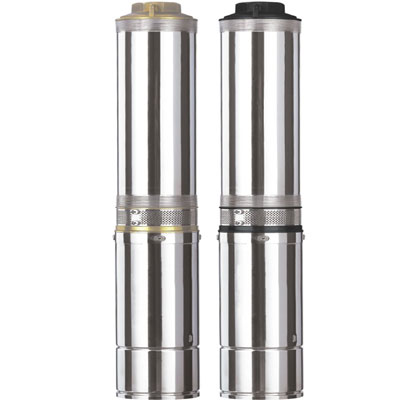Lift - The height that water needs to be lifted vertically for removal
Head - The vertical lift in height at which a pump can no longer exert enough pressure to move water.
Prime - Starting a flow in a pump by filling it with water.
Flow - The volume of water a pump can move, usually measured in gallons per minute, gpm
Pressure - The force delivered at a given point in a pumps discharge line. Usually measured in pounds per square inch, psi.
Head - The vertical lift in height at which a pump can no longer exert enough pressure to move water.
Prime - Starting a flow in a pump by filling it with water.
Flow - The volume of water a pump can move, usually measured in gallons per minute, gpm
Pressure - The force delivered at a given point in a pumps discharge line. Usually measured in pounds per square inch, psi.
